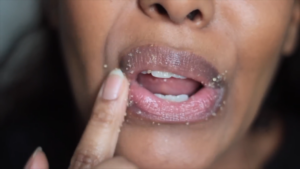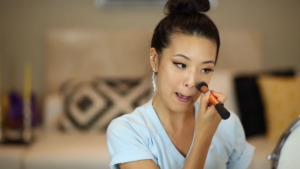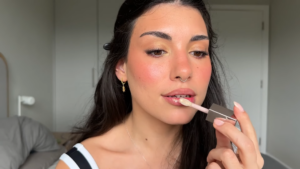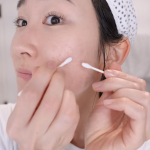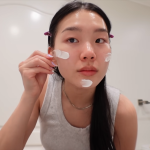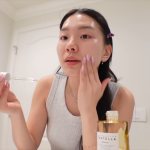Excessive sun exposure is one of the main factors in premature skin aging. The sun’s ultraviolet (UV) rays can damage skin cells, causing loss of elasticity, wrinkles, and age spots. Understanding the impact of sun exposure and implementing appropriate protective measures is essential to keeping skin youthful and healthy.
How Sun Exposure Affects the Skin
Our skin consists of three layers: epidermis, dermis, and hypodermis. The epidermis layer, the outermost layer, contains cells that produce the pigment melanin, which gives our skin its color and protects it from UV rays. When skin is exposed to UV rays, skin cells produce more melanin to protect themselves from damage. This can cause sunburn, tanning, and age spots. In addition, UV rays can penetrate deeper into the dermis, damaging the collagen and elastin fibers that provide elasticity and firmness to the skin. This damage causes sagging skin, wrinkles, and fine lines.
Signs of Skin Aging Due to Sun Exposure
Signs of skin aging due to excessive sun exposure include:
- Wrinkles: Fine lines and wrinkles that form due to loss of collagen and elastin.
- Sagging skin: Skin that has lost its elasticity and begins to sag.
- Age spots: Brown or blackish spots that form due to excessive melanin production.
- Dry, flaky skin: Exposure to UV rays can damage the skin’s protective layer, causing dry, flaky skin.
- Rough skin: Prolonged sun exposure can make skin feel rough and scaly.
How to Protect Skin from Sun Exposure
To keep skin youthful and healthy, it is important to protect it from excessive sun exposure. Here are some steps you can take:
- Use Sunscreen: Apply sunscreen with an SPF of 30 or higher every day, even on cloudy days. Sunscreen should be reapplied every two hours or more often if you sweat or swim.
- Seek Shade: Avoid direct sun exposure during peak hours, between 10 a.m. and 4 p.m. Look for shade under a tree, umbrella, or building.
- Wear Protective Clothing: Wear clothing that covers your skin, such as long-sleeved shirts, long pants, and wide-brimmed hats.
- Wear Sunglasses: Sunglasses protect your eyes from harmful UV rays.
- Avoid Tanning Booths: Tanning booths emit UV rays that can damage your skin.
- Check Your Skin Regularly: Check your skin regularly for any changes, such as new or changing moles. If you notice any concerning changes, consult a dermatologist.
Skin Care Ingredients that Help Protect from Sun Exposure
In addition to the protective measures above, several skin care ingredients can help protect skin from sun damage:
- Antioxidants: Antioxidants, such as vitamins C and E, can help neutralize free radicals caused by UV exposure.
- Retinoids: Retinoids are vitamin A derivatives that can help increase collagen and elastin production, reducing the appearance of wrinkles.
- Niacinamide: Niacinamide is a form of vitamin B3 that can help repair the skin barrier and reduce inflammation.
Conclusion
Excessive sun exposure is a major factor in premature skin aging. By understanding the impact of sun exposure and implementing appropriate protective measures, you can keep your skin youthful and healthy. Use sunscreen, seek shade, wear protective clothing, and check your skin regularly for any changes. With proper care, you can maintain your youthful glow for years to come.


